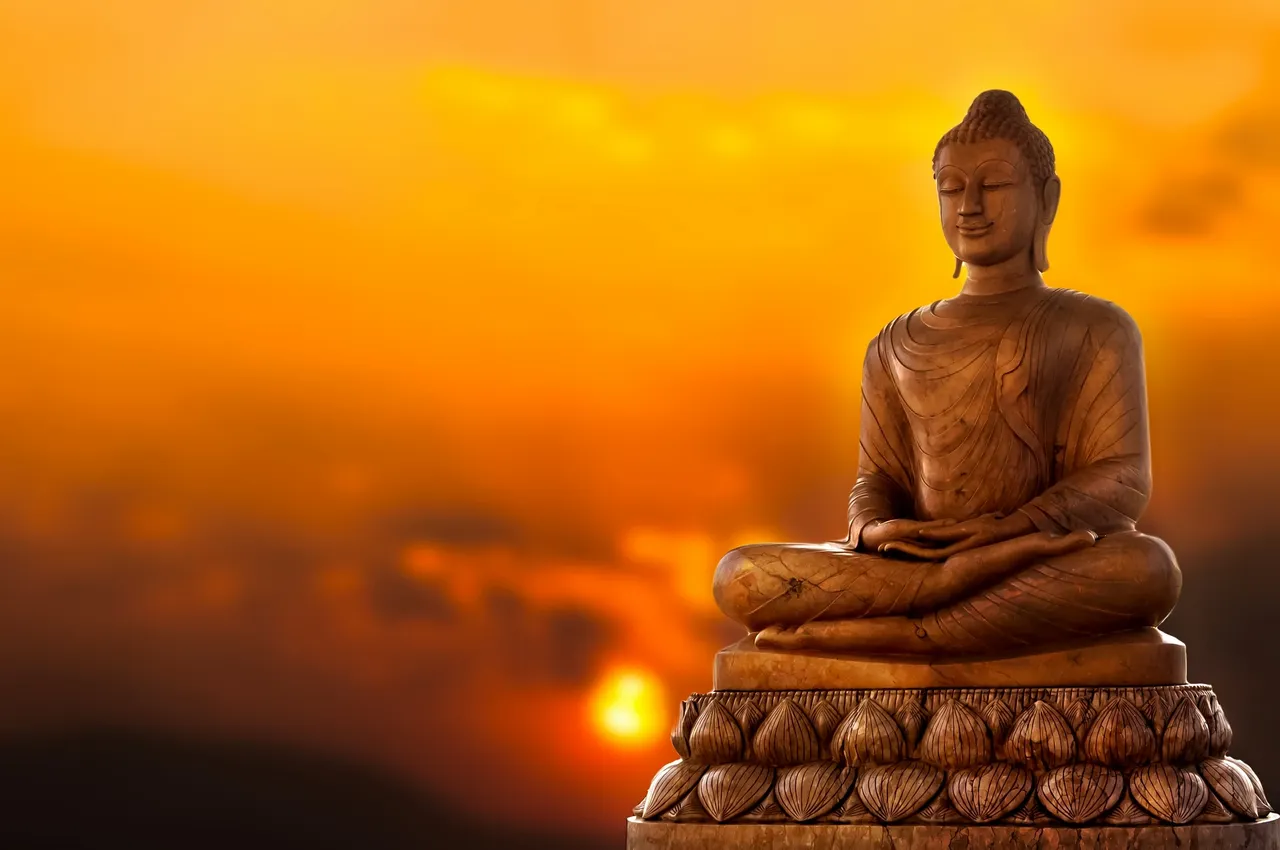Unveiling the Ancient Wisdom: A Journey into the History and Meaning of Chakras
Introduction: Chakras, the subtle energy centers of the body, have been an integral part of various spiritual and healing traditions for thousands of years. Rooted in ancient Indian philosophy, the concept of chakras offers a profound understanding of the human energy system and its connection to physical, emotional, and spiritual well-being. In this article, we will embark on a journey into the history of chakras, exploring their origins, symbolism, and the unique qualities associated with each chakra.
- Origins of Chakras: The concept of chakras can be traced back to ancient Indian texts, particularly the Vedas and the Upanishads. These texts describe the existence of subtle energy centers within the human body, through which vital life force energy, known as Prana, flows. The early understanding of chakras laid the foundation for the later development of the chakra system as we know it today.
- The Seven Major Chakras: The chakra system commonly recognized in many spiritual traditions consists of seven major chakras aligned along the spine. Each chakra is associated with specific qualities, elements, colors, sounds, and aspects of human experience. Understanding the characteristics of each chakra can provide insights into our physical, emotional, and spiritual well-being.
- Root Chakra (Muladhara): Symbolizing stability and grounding, the root chakra is located at the base of the spine. It represents our connection to the physical world, survival instincts, and feelings of security.
- Sacral Chakra (Svadhisthana): Associated with creativity, sexuality, and emotions, the sacral chakra is located in the lower abdomen. It governs our ability to experience pleasure, form healthy relationships, and express our authentic selves.
- Solar Plexus Chakra (Manipura): Situated in the upper abdomen, the solar plexus chakra is linked to personal power, confidence, and self-esteem. It governs our sense of identity, willpower, and manifestation abilities.
- Heart Chakra (Anahata): Positioned at the center of the chest, the heart chakra embodies love, compassion, and emotional balance. It governs our ability to give and receive love, foster connection, and experience harmony.
- Throat Chakra (Vishuddha): Located at the throat, the throat chakra is associated with communication, self-expression, and authenticity. It governs our ability to express our thoughts, speak our truth, and listen attentively.
- Third Eye Chakra (Ajna): Situated in the middle of the forehead, the third eye chakra represents intuition, insight, and inner wisdom. It governs our ability to perceive beyond the physical realm and access higher states of consciousness.
- Crown Chakra (Sahasrara): Positioned at the top of the head, the crown chakra symbolizes spiritual connection, divine consciousness, and transcendence. It represents our connection to the universal energy and our higher self.
- The Symbolism and Significance of Chakras: Each chakra is associated with specific symbols, elements, colors, and sounds that reflect its qualities and characteristics. These symbolic representations provide deeper insight into the nature of each chakra and its corresponding aspects of human experience. Understanding these symbols can help us engage with and balance our chakras to cultivate overall well-being.
- Balancing and Activating the Chakras: Balancing and activating the chakras is a fundamental practice in various spiritual and healing traditions. Through meditation, energy work, breathwork, yoga, and other practices, individuals can bring harmony to their chakra system, promoting physical health, emotional stability, and spiritual growth. By aligning the chakras and clearing any blockages, the free flow of Prana is restored, allowing for a balanced and vibrant life force energy.
Conclusion: The study and exploration of chakras offer profound insights into the intricate connection between our energy system, consciousness, and overall well-being. By understanding the history, symbolism, and significance of each chakra, we can cultivate a deeper awareness of ourselves and embark on a journey of self-discovery and transformation. The chakras provide a roadmap for exploring and balancing our physical, emotional, and spiritual aspects, leading to greater harmony, healing, and personal growth.
Note: The information provided in this article is for educational and exploratory purposes and should not replace professional guidance or medical advice. It is important to approach the study of chakras with an open mind, personal discernment, and respect for individual beliefs and practices.





